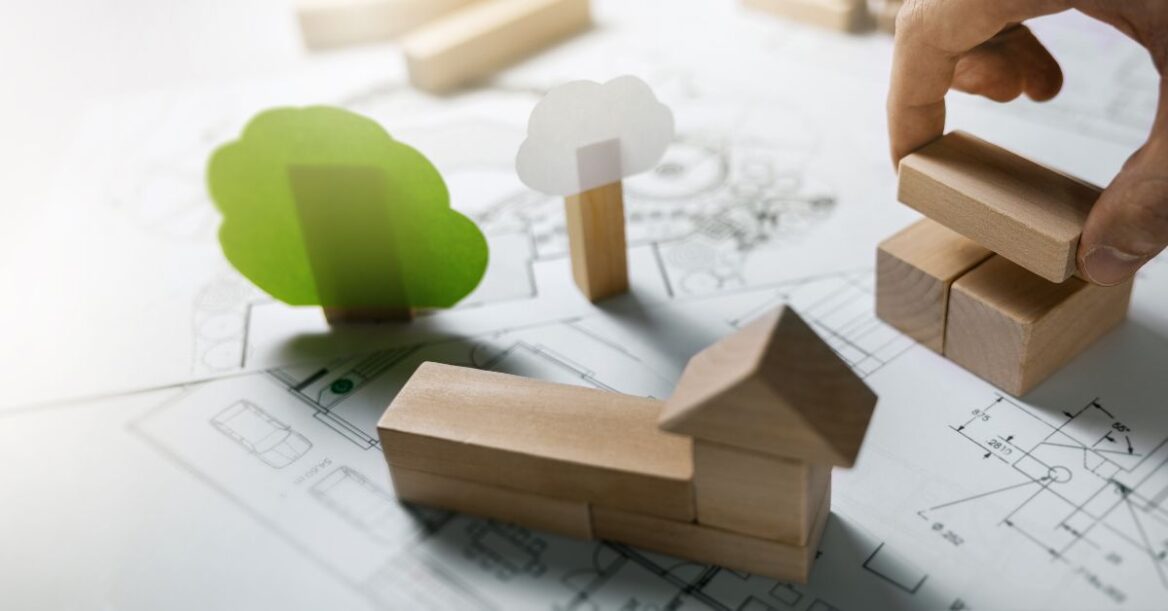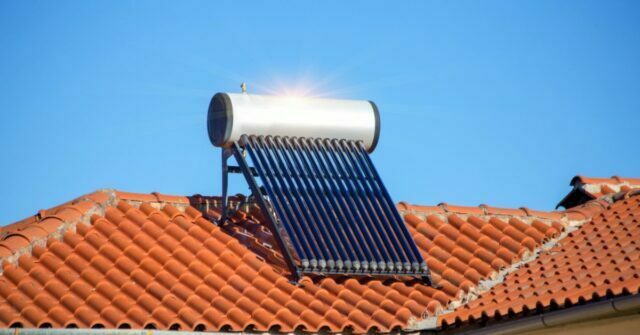As Sydney continues to grow, the impact of our choices on the environment becomes increasingly significant.
This blog post delves into the world of sustainable bathroom materials, offering eco-friendly alternatives that don’t compromise on style or functionality.
Introduction to Sustainable Building Materials in Sydney
The push towards sustainability in construction is more than just a trend; it’s a necessary shift in how we think about building our living spaces.
In Sydney, where the effects of climate change are ever more apparent, selecting sustainable materials is not just wise—it’s essential for future-proofing our homes.
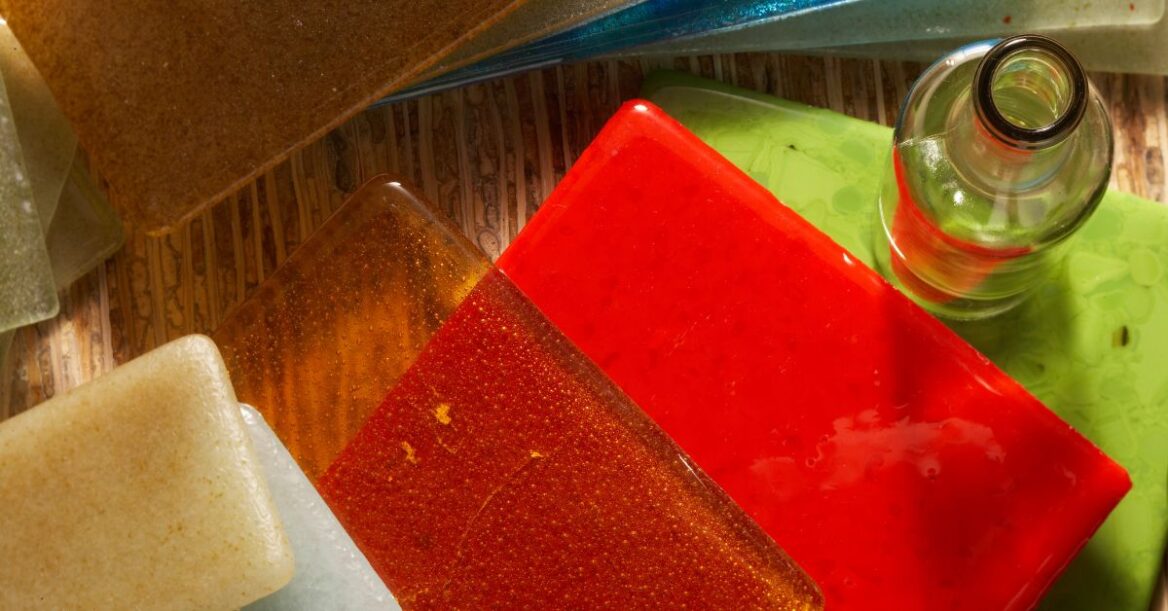
The Need for Sustainability in Construction
The construction industry is one of the largest contributors to landfill waste and carbon emissions.
Sustainable building materials help reduce this impact and offer better long-term benefits for homeowners.
Overview of Bathroom Renovation Trends in Sydney
In recent years, Sydney homeowners have shown a growing preference for renovations that incorporate eco-friendly materials, driven by awareness and increasing availability of sustainable options.
Common Materials Used in Traditional Bathrooms
Traditional bathroom designs often use materials that, while durable and readily available, are not the best for the environment. Understanding these materials helps in recognizing why change is necessary.
Ceramic and Porcelain Tiles
While popular for their durability and moisture resistance, the production of ceramic and porcelain tiles is energy-intensive and generates significant carbon emissions.
Plastic Fixtures and Accessories
Plastics are prevalent in bathroom designs and are used in everything from shower curtains to cabinets. However, they are petroleum-based and contribute to environmental pollution.
Traditional Wood and MDF Cabinets
Wooden cabinets can be sustainable if sourced responsibly, but many are made from materials like MDF, which includes formaldehyde and other harmful chemicals.
Challenges with Traditional Bathroom Materials
Traditional materials come with a host of environmental and health challenges that can be mitigated by choosing greener alternatives.
Environmental Impact of Ceramic and Plastic Production
The production processes for ceramics and plastics are not only energy-intensive but also involve emissions and chemicals that can harm the environment.
Issues with Durability and Moisture Resistance
While traditional materials are often chosen for their durability, this can also mean that they take longer to degrade, posing long-term environmental hazards.
Health Concerns Related to VOCs and Other Chemicals
Materials like paints, adhesives, and manufactured woods can emit volatile organic compounds (VOCs), which degrade indoor air quality and can have health implications.
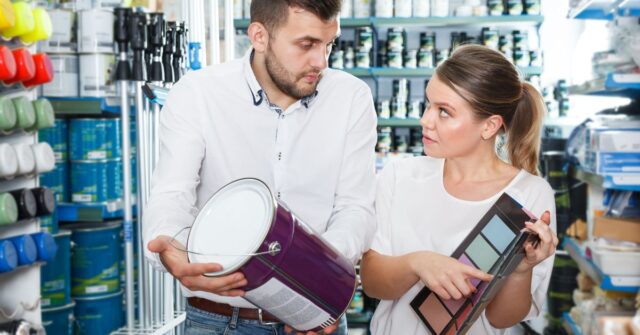
Sustainable Materials for Bathroom Construction
Many sustainable materials can replace traditional choices without sacrificing quality or aesthetics.
Recycled Glass Tiles
Recycled glass tiles not only reduce waste but also offer a unique look to any bathroom space, with a variety of colours and finishes.
Bamboo and Reclaimed Wood
Bamboo grows rapidly and has a smaller carbon footprint compared to traditional woods. Reclaimed wood also provides a rustic charm and reduces the demand for new timber.
Natural Stone and Terrazzo
Both are durable and can often be sourced locally, reducing transportation emissions and supporting local industries.
Biodegradable and Eco-Friendly Plastics
Advancements in bioplastics offer a promising future, with materials derived from biodegradable plant sources.
Benefits of Using Sustainable Materials
The advantages of using sustainable materials extend beyond the environmental impact, providing substantial benefits for homeowners as well.
Reducing Environmental Footprint
Choosing sustainable materials significantly lowers the overall environmental footprint of a home, from reduced waste to lower emissions.
Enhancing Indoor Air Quality
Materials that emit fewer or no VOCs contribute to better indoor air quality, creating a healthier living environment.
Increasing Home Value with Sustainable Upgrades
Eco-friendly renovations are increasingly popular, potentially increasing home value due to consumer demand for greener living spaces.
Successful Sustainable Bathroom Projects in Sydney
Let’s explore real-life examples of sustainable bathroom renovations in Sydney, illustrating the practical application and benefits of eco-friendly materials.
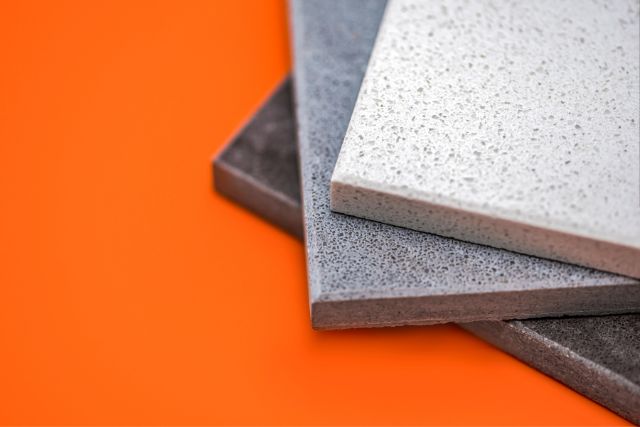
Residential Renovations Featuring Eco-Friendly Materials
In the suburb of Haberfield, a recent renovation project transformed a traditional bathroom using primarily recycled glass tiles and bamboo vanities.
The tiles, sourced from a local company that specializes in recycled building materials, offer a unique aesthetic without sacrificing durability or style.
The bamboo used for the vanities is known for its rapid regrowth rate, making it an excellent choice for sustainable woodworking.
This project not only achieved a stunning visual appeal but also promoted the use of renewable resources, reducing the home’s environmental impact significantly.
Commercial Properties Adopting Sustainable Practices
A prominent hotel in Sydney’s CBD recently undertook renovations to integrate eco-friendly designs into its bathrooms.
The project involved installing low-flow water fixtures, LED lighting, and high-recycled-content ceramic tiles.
These changes have not only improved the aesthetic and comfort of the hotel bathrooms but have also led to considerable savings in water and energy consumption.
The initiative serves as a model for other commercial entities looking to enhance sustainability in their operations.
The success of this project has sparked interest among other businesses in the area to adopt similar practices.
Educational Facilities Leading by Example
A university in Sydney has set a precedent with its environmentally conscious approach to renovating campus facilities, including bathrooms.
The university utilized locally sourced sandstone and reclaimed wood from old buildings for the construction, effectively minimizing the carbon footprint associated with material transport and production.
Additionally, they incorporated automatic faucets and water-efficient toilets to reduce water usage significantly.
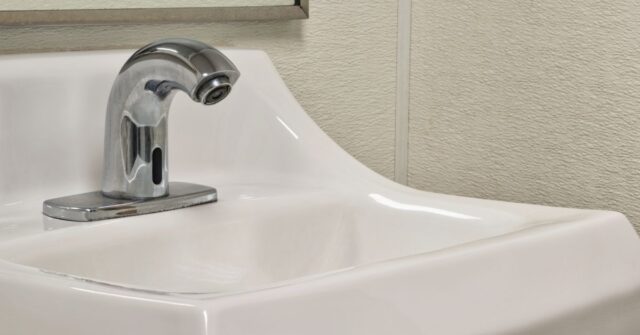
This project not only supports sustainability but also educates students and staff about the importance of environmental stewardship in building design.
These case studies from Sydney not only demonstrate the viability of sustainable bathroom materials and practices but also highlight the broader benefits such as cost savings, resource conservation, and enhanced building aesthetics.
Each example serves as inspiration for homeowners and businesses alike, showcasing the positive impact of making environmentally conscious choices in renovation projects.
How to Source Sustainable Bathroom Materials in Sydney
Finding the right materials is key to a successful sustainable renovation. Here are some tips and sources in Sydney.
Local Suppliers of Eco-Friendly Building Materials
There are several suppliers in Sydney that specialize in sustainable building materials. These businesses often provide expert advice on choosing the right products for your renovation.
Tips for Choosing and Verifying Sustainable Products
It’s important to research and verify the sustainability claims of products. Look for certifications like FSC for wood and Energy Star ratings for fixtures.
Best Practices for Sustainable Bathroom Design
Designing a sustainable bathroom involves more than just choosing the right materials; it also requires consideration of water and energy efficiency.
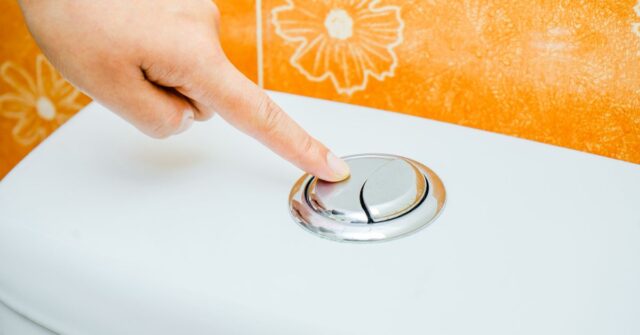
Water-Saving Fixtures and Fittings
Installing low-flow toilets and showerheads can significantly reduce water usage without affecting performance.
Energy-Efficient Lighting and Appliances
Choosing LED lighting and energy-efficient appliances can cut down on electricity use and lower utility bills.
Designing for Longevity and Timelessness
A design that stands the test of time can reduce the need for frequent renovations, further reducing environmental impact.
Conclusion: The Future of Bathroom Renovation in Sydney
As we move forward, the choices we make today will shape our environmental legacy.
Choosing sustainable materials for bathroom renovations not only supports the planet but also creates healthier, more valuable homes.

Summary of Benefits and Challenges
While there are challenges in transitioning to sustainable materials, the long-term benefits for both homeowners and the environment are clear and compelling.
Call to Action for Sustainable Choices
It’s time for homeowners in Sydney to embrace sustainable renovations. By choosing eco-friendly materials, we can all contribute to a healthier, more sustainable future.

